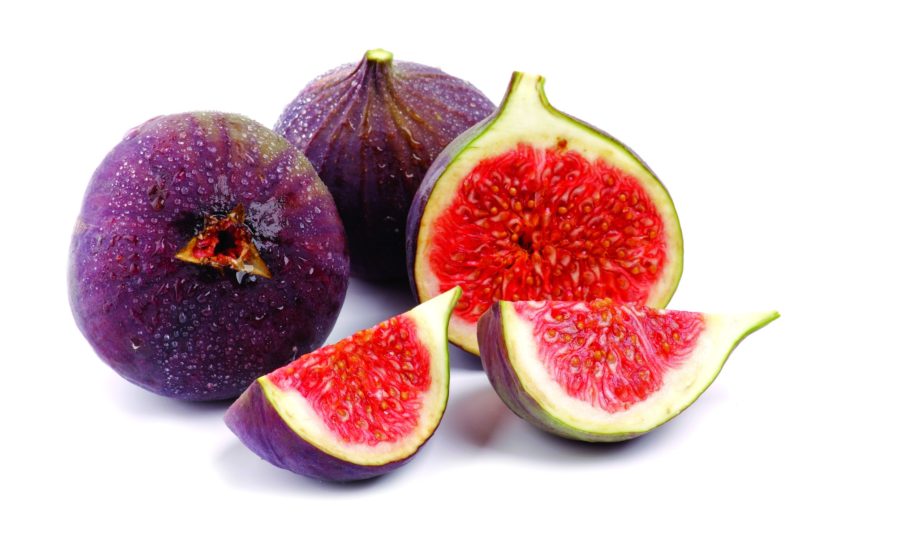How healthy are figs really-are they delicious—and do you have to eat them fresh to reap any benefits?
The following written content by Brierley Horton, MS, RD
Figs are a delicious, sweet-tasting fruit that originated in ancient times in the Middle East. In fact, they’re one of the first plants cultivated by humans. Figs are also considered a backyard delicacy—as they thrive in regions with mild winters and it’s easy for hobby gardeners to grow them at home. They are technically available in thousands of varieties, though six are most common. Those six are Mission, Brown Turkey, Kadota, Sierra, Tiger and Golden (though Golden is mostly found dried, not fresh).

You’ll find figs in many forms. You can purchase them fresh, of course, but their harvest season is very short. In the U.S., fresh figs may be available as early as May and into the fall. But they’re a delicate, highly perishable fruit, so they don’t travel as well as other produce. This is why you see them processed into other forms. Dried figs are easy to find and typically don’t contain any added sugar. Fig paste is also common, especially in bars and cookies. You can buy fig jams and jellies (or make your own) and you can also find them frozen.
Whichever form you find figs in, they are quite healthy and delicious.
Fresh and Dried Fig Nutrition
Here’s what you’ll get when you eat 1 fresh fig:
- 37 calories
- 0 g fat
- 10 g carbohydrate
- 8 g sugars
- 1.5 g fiber
- <1 g protein
Here’s what you’ll get when you eat 1 dried fig:
- 21 calories
- 0 g fat
- 5 g carbohydrate
- 4 g sugars
- 1 g fiber
- <1 g protein

The Health Benefits of Figs
Research has shown that people who regularly eat dried fruit (about 1/8 cup a day), such as dried figs, are more likely to weigh less, have lower BMIs and generally eat healthier. There are also some specific health boons when you eat figs. Read on!
Brimming with antioxidants
Figs, especially dried ones, are rich in antioxidants thanks to their high polyphenol content. Research shows figs’ polyphenol content is higher than both red wine and green tea. Remember, antioxidants are beneficial to your health because they mop up harmful free radicals. See our full list of best antioxidant-rich foods.
Good for your bones
Figs contain calcium and magnesium—two minerals that play a role in keeping your bones healthy and strong. In fact, ½ cup dried figs delivers almost as much calcium as ½ cup milk. But also, they contain a compound called strontium, which research shows contributes to bone health. In fact, a patented form of strontium is used to treat postmenopausal osteoporosis. (Get your fill of these vitamin D-rich foods that help keep your bones healthy too.)
How to Eat and Enjoy Figs
Figs are incredibly versatile! You can eat fresh ones straight up, chopped and mixed into a salad, quartered on top of a pizza, wrapped in prosciutto, split open and stuffed with cheese, or even dipped in chocolate like strawberries. You can also eat dried figs as is, but they’re particularly delicious when they’re chopped and cooked into baked goods (think: muffins, bars, cakes) and they also make a sweet addition to stews. Read more from E.W.




